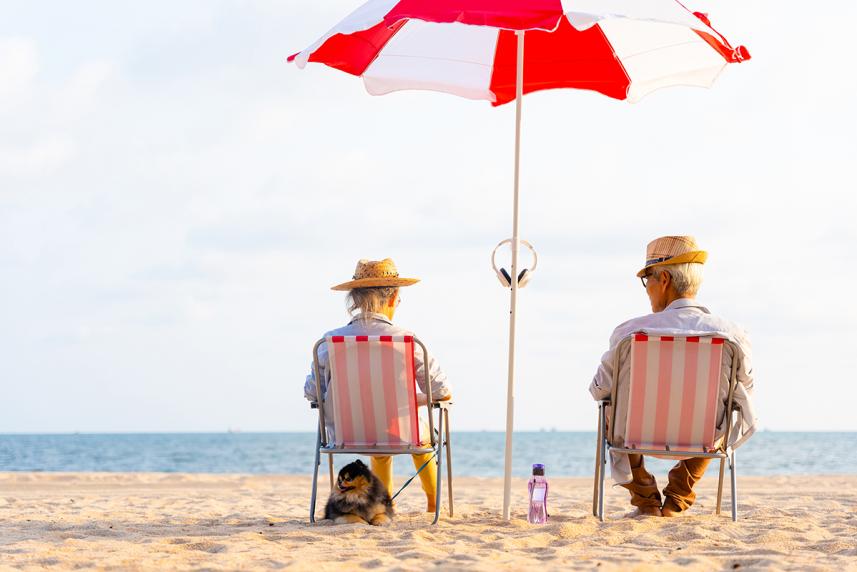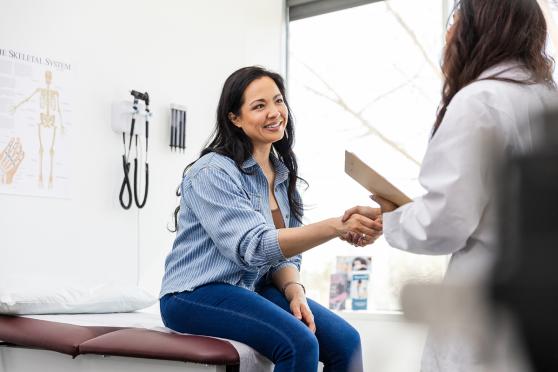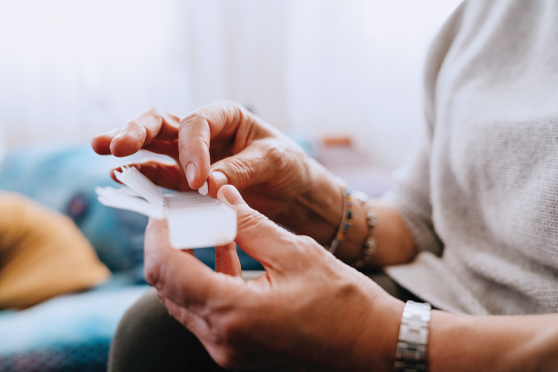Summer tips for healthy skin
Being outside is one of the big joys of summer. Here’s how to maximize skin safety so you can focus on the fun.

Cover up. When you’re outside, wear a broad-brimmed hat and ultraviolet (UV) light–blocking sunglasses. And try sun-protective clothes, which help stop UV rays from getting through.
Use a “broad-spectrum” sunscreen. It will block both UVA and UVB rays. Look for something that’s water resistant with an SPF of at least 30. A lip balm with SPF is key, too.
Reapply, reapply, reapply. Whether you’re in the water or on land, it’s a good idea to reapply sunscreen every two hours.
Steer clear of midday sun. The sun’s rays do the most damage between 10 a.m. and 4 p.m.
Don’t forget hard-to-reach spots. People almost universally forget their hands, scalp, ears, and feet when putting on sunscreen. They can burn, too, so apply thoroughly.
It doesn’t take much time to protect yourself from the sun’s damaging rays. But the payoff is a lowered risk of skin cancer. And that lasts a lifetime.
Get the facts about skin cancer With so much information about skin cancer available, it can be hard to know what’s most important. Here’s a close-up look at the two main categories of skin cancer:
Melanoma
Also known as malignant melanoma, it is rarer than other skin cancers. But melanoma is much more serious. More than 106,000 cases will be diagnosed in the U.S. this year.
Melanoma often looks like a mole, or it develops from one. In other cases, melanoma appears on bare skin. It’s usually asymmetrical and has an uneven border and an irregular color, or it changed in size and shape.
Nonmelanoma
This type is more common. Combined, 5.4 million cases of these cancers happen each year in the U.S. Here’s what the two common types of nonmelanoma look like:
- Basal cell carcinoma may look like a pimple, lump, or a nonhealing sore. It might also show up as reddish patches, shiny bumps, or discolored patches of skin.
- Squamous cell carcinoma can look like a firm red lump, a flat sore with a scaly crust, or a raised red patch or red sore.
Quick tip: Check your skin regularly. If you see any changes or unexpected spots, contact your primary care provider or dermatologist.


